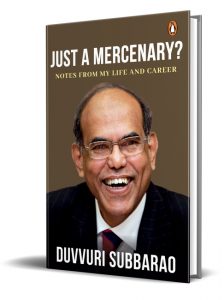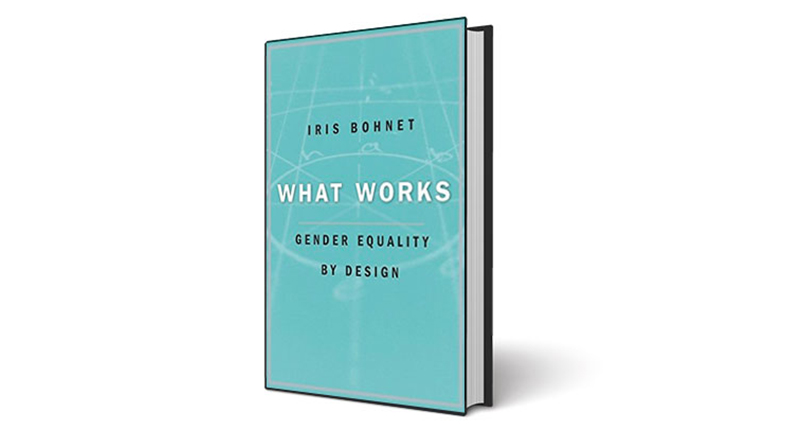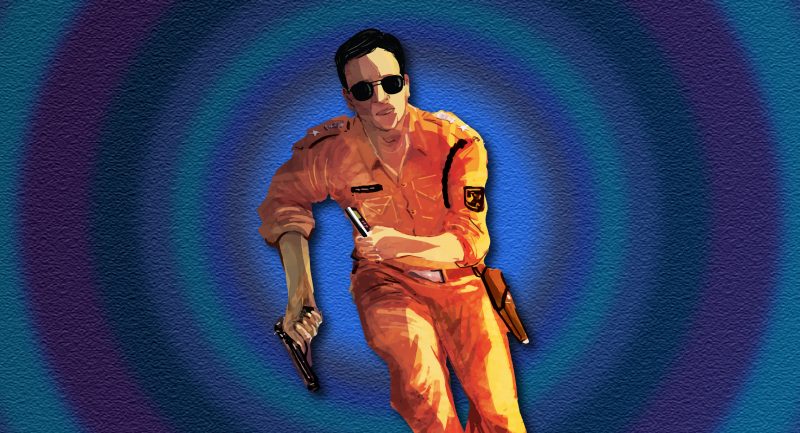
Ever wondered what really happened behind the scenes of the infamous 2G spectrum scam?
Just a Mercenary? by D. Subbarao unveils the truth, inviting you into the dynamic world of bureaucratic processes, policy decisions, and public perception. In this exclusive excerpt, Subbarao shares his firsthand experience with the 2G spectrum controversy, offering a raw and honest look at the challenges of decision-making in Indian governance.
Continue reading to immerse yourself in an account brimming with insight and introspection.

Just a Mercenary
D. Subbarao
In 2007, the Department of Telecom (DoT) under the ministerial charge of A. Raja of the DMK, a partner in the UPA coalition, determined that there was a case for licensing more 2G operators in each of the twenty-three telecom circles in the country in order to encourage competition in the sector. The department consulted TRAI (Telecom Regulatory Authority of India), and TRAI, in turn, endorsed the need to increase the number of operators and recommended that fresh licensees should be given spectrum at the same price at which incumbent operators had gotten it, which was the price set in an auction in 2001. The absence of a level playing field, TRAI argued, would disadvantage fresh entrants and defeat the goal of deepening telecom services.
The 2001 cabinet decision stipulated that all future pricing of spectrum would be decided jointly by DoT and the Ministry of Finance. When the issue came to the finance ministry for opinion, I took the view that it would be inappropriate to sell spectrum in 2007–08 at a price set in 2001 and that we must rediscover the price through a fresh auction. My opinion was informed by the experience in India and around the world during the intervening years that spectrum was a scarcer commodity than originally believed. It was only appropriate that the government should garner a part of that scarcity premium by rediscovering the price through a fresh auction.
The DoT wrote back to say that they saw no reason to revisit the pricing issue and that they preferred to go along with the TRAI recommendation. For sure, there was some logic to the DoT position. If the objective was to deepen telecom penetration, it made sense to keep the price of spectrum low; competition among operators would then ensure that the lower price was passed on to customers.
Even as this disagreement on pricing remained unresolved, the DoT went ahead and invited applications for licences in September 2007 and awarded 120 licences to forty-six companies on 10 January 2008. Although these licences were given away at the 2001 price, the licence agreement contained a clause that the price could be increased later to accommodate the possibility of the finance ministry’s view prevailing.
The whole licencing process turned out to be controversial and contentious. There were allegations of arbitrarily advancing the cut-off date for receipt of applications, abrupt announcement of the successful applicants, tampering with the first come, first served principle and allowing a very narrow window for payment of the licence fee to favour some parties. This licensing part was an issue in which I was neither involved nor had any locus standi.
In July 2008, some six months after the licences were issued, the two ministers, Finance Minister Chidambaram and Telecom Minister Raja, reached an agreement that this round of 2G spectrum would be given at the 2001 price while all future spectrum, including 3G, which was then on the anvil, would be auctioned. Both ministers presented this agreed package to the prime minister at a meeting where I was present. I recorded that decision in the file.
In the months after the issue of licences, stray reports began appearing that spectrum had been given away at a throwaway price. These reports gained momentum when two of the licensees were able to sell equity to foreign investors at a huge premium, suggesting that the true value of spectrum was much higher than what was reflected in the 2001 price.
Very soon the trickle of allegations of corruption turned into a flood. That the government had ignored the advice of its own finance secretary added fuel to the fire. There was a furore in the parliament. The decision was attacked in the Public Accounts Committee (PAC), the Central Vigilance Commission (CVC) ordered a CBI investigation, the Comptroller and Auditor General (CAG) decided to take up a special performance audit and a public interest litigation was filed in the Supreme Court. This meant that the 2G issue was simultaneously the subject of a CBI investigation, a PAC inquiry, a CAG special audit and a Supreme Court probe. And subsequently, it would be the subject matter of a Joint Parliamentary Committee (JPC) inquiry as well.
The CAG report, signed off by Vinod Rai, incidentally my IAS batchmate, was tabled in the parliament in November 2010. Its most important conclusion was that the government had incurred a ‘presumptive loss’ of Rs 1.76 trillion by selling spectrum at below market price. This huge number, as much as 3.6 per cent of GDP, was explosive and turned the 2G issue into a full-blown scam.
***
Intrigued to know if Subbarao was a hero or villain in the 2G scam?
Get your copy of Just a Mercenary? by D. Subbarao wherever books are sold.









